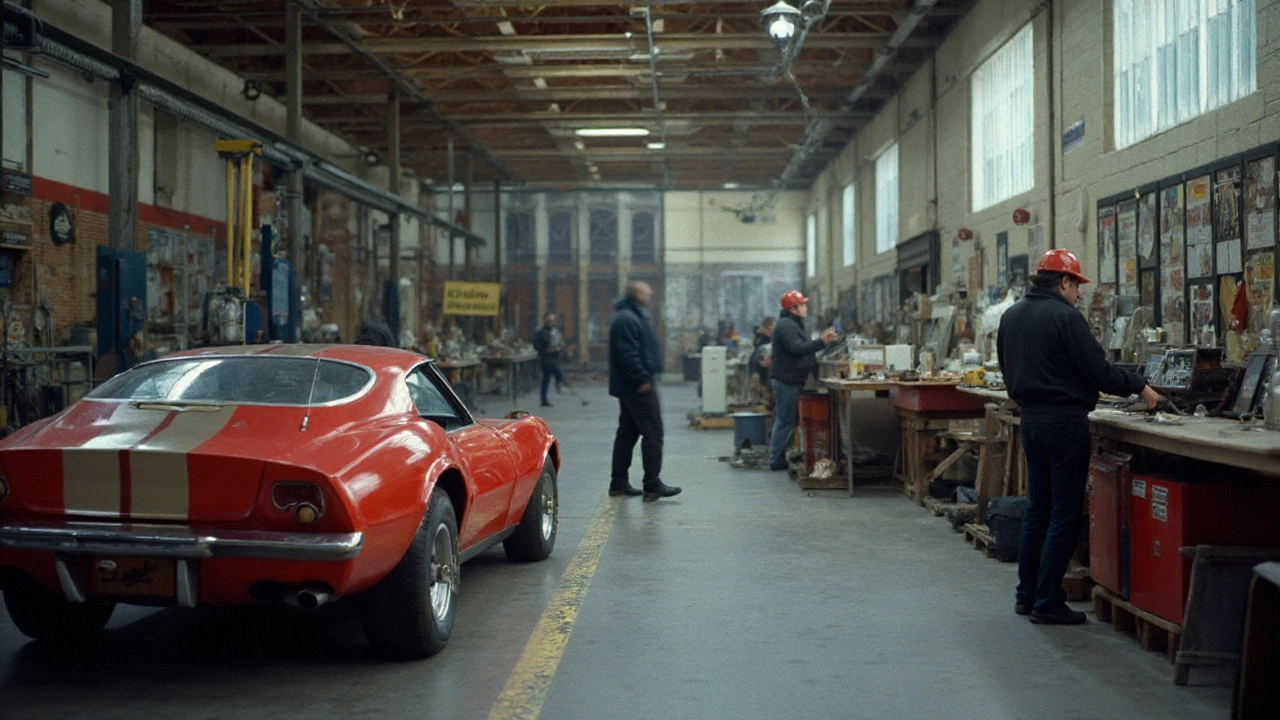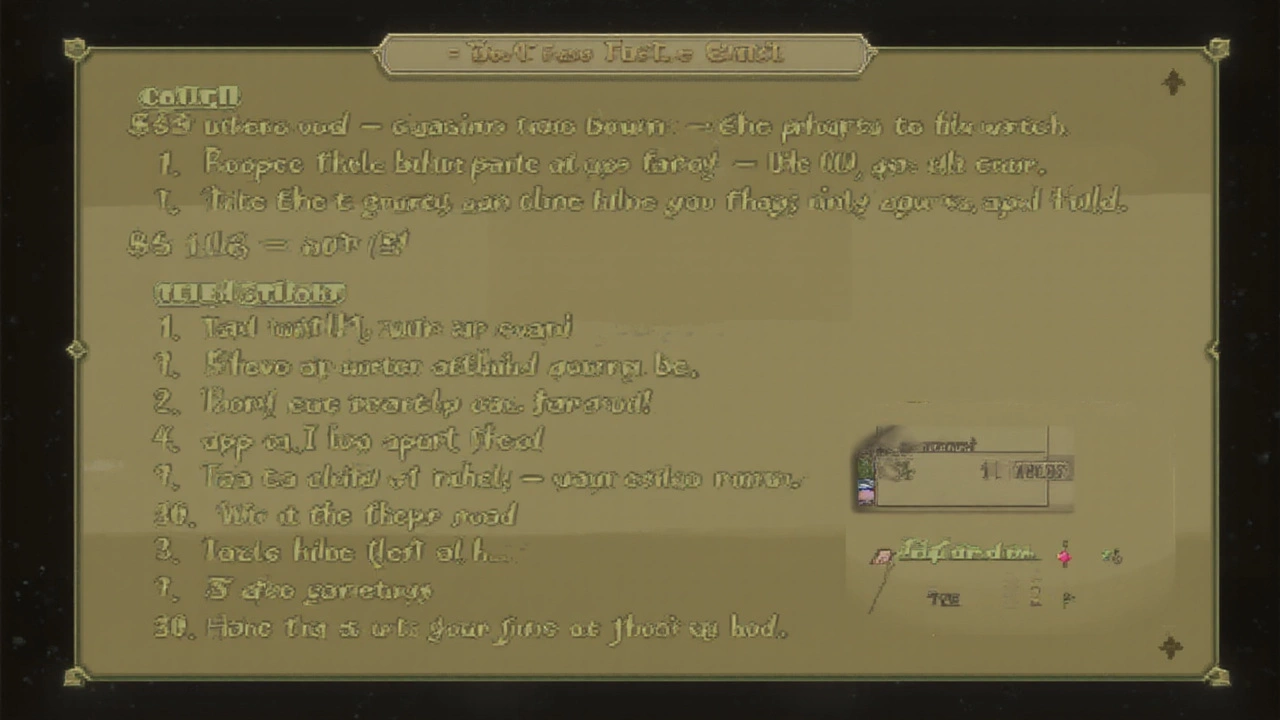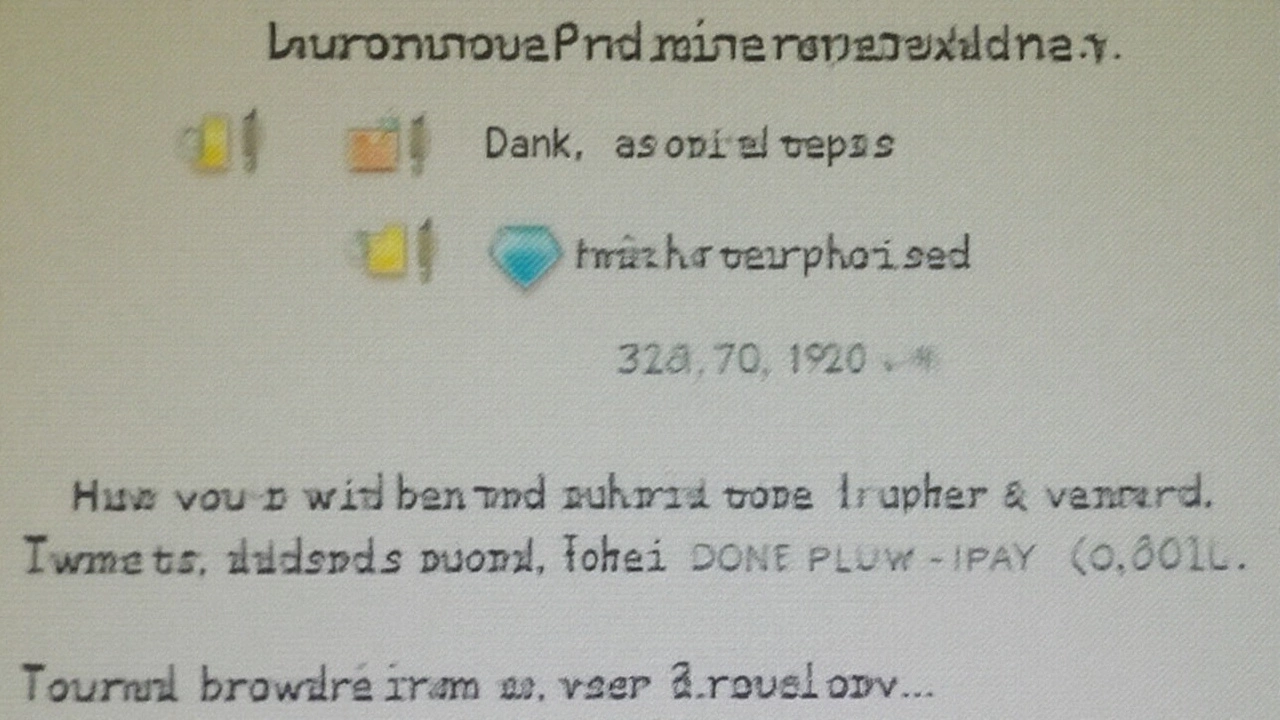 Sep, 17 2025
Sep, 17 2025
Sticker shock is normal here: a clutch isn’t a $200 wear part. In Canada in 2025, you’re usually looking at $900-$2,500 CAD for common cars, and $2,200-$4,500+ for trucks, AWD, or anything German with a dual‑mass flywheel. I’ll show you what drives the price, how to estimate your number in 10 minutes, and where you can shave costs safely. I live in Hamilton, Ontario, and I’ve paid these bills, so I’ll keep it plain and practical.
- Typical total (Canada, 2025): $900-$2,500 for compacts/sedans; $2,200-$4,500+ for AWD, trucks, or dual‑mass flywheels.
- Parts are 30%-60% of the bill; labour is the rest. Ontario HST (13%) stacks on top.
- Labour: 4-12 hours depending on layout (FWD is faster; AWD/RWD trucks take longer).
- Wild cards: flywheel (resurface vs replace), slave cylinder, rear main seal, and shop labour rate.
- Quick estimate formula inside. Ask shops for labour hours, not just a total price.
What you’ll pay in 2025 and why it varies
The number that matters is the all‑in drive‑away price. For most Canadian drivers in 2025, that sits between $1,100 and $2,800 after tax. If you drive an AWD Subaru, a diesel pickup, or a German manual with a dual‑mass flywheel, expect a higher bill. If your car is a simple FWD compact, it’s often on the low end.
Here’s the simple math you can use:
- Total = parts (clutch kit + flywheel + incidentals) + labour hours × shop rate + shop supplies + tax.
Shop rates in Ontario right now: $130-$180/hour at independents, $170-$220+ at dealers and specialty shops. In Hamilton, most decent independents sit in that $140-$170 window. Data points line up with what CAA publishes for national averages and what labour guides like Mitchell 1 and ALLDATA list for book time.
What’s in a clutch kit? Pressure plate, friction disc, release (throwout) bearing, and often a pilot bearing/bushing and alignment tool. Good kits from OE suppliers (LUK, Sachs, Exedy, Valeo) are usually worth the small premium for smooth engagement and fewer comebacks.
Flywheels matter. A traditional single‑mass steel flywheel can be resurfaced for $60-$120 if it’s within spec. A dual‑mass flywheel (DMF) usually cannot be machined and often needs replacement when worn or heat‑checked-that’s a $600-$1,200 part on many European cars and some diesel trucks. That one part is why your buddy’s VW or BMW bill hit $3,000 when your Civic was half that.
Other add‑ons you might see:
- Hydraulic slave cylinder (especially concentric types inside the bellhousing): $150-$450 parts; labour overlap is small since the box is already out.
- Rear main seal: $25-$90 part; pennies in extra labour while it’s open. Good insurance against oil contamination on your new disc.
- Gear oil/top‑ups, new flywheel bolts, and shop supplies: $30-$120 combined.
To make this concrete, here are realistic 2025 Canadian price windows using typical Hamilton labour rates and parts prices. Your exact number depends on trim, engine, and local rates, but this gets you in the ballpark.
| Vehicle (manual) | Labour hours | Parts (kit) | Flywheel | Before tax (range) | After HST 13% |
|---|---|---|---|---|---|
| 2012 Honda Civic 1.8 FWD | 5.0-6.5 | $350-$500 | Resurface $60-$100 | $950-$1,350 | $1,074-$1,526 |
| 2014 Mazda3 2.0/2.5 FWD | 5.5-7.0 | $380-$600 | Resurface $60-$100 | $1,050-$1,500 | $1,187-$1,695 |
| 2016 Subaru WRX AWD | 8.5-10.0 | $600-$900 | Resurface $80-$120 | $1,750-$2,600 | $1,978-$2,938 |
| 2016 Jeep Wrangler 3.6 | 6.5-8.0 | $500-$800 | Resurface $80-$120 | $1,350-$2,050 | $1,526-$2,317 |
| 2017 VW GTI (DMF) | 6.5-8.0 | $600-$900 | DMF $650-$1,000 | $2,100-$3,100 | $2,373-$3,503 |
| 2015 BMW 335i (DMF) | 8.0-10.0 | $700-$1,000 | DMF $750-$1,200 | $2,500-$3,800 | $2,825-$4,294 |
| 2018 Ford Ranger 2.3 (where manual) | 6.0-8.0 | $450-$750 | Resurface $70-$110 | $1,300-$2,050 | $1,469-$2,317 |
Those labour hour ranges come from standard guides (Mitchell 1, ALLDATA) and match real shop times I see around Hamilton. The after‑tax column uses Ontario’s 13% HST per the Ministry of Finance.
One more reality check: if your quote is hundreds below the low end for your platform, ask what’s missing. A rock‑bottom number sometimes excludes the release bearing, fresh gear oil, machining, or even the rear main seal-things you don’t want to skip once the transmission is out.
And if you’re seeing a quote far above the high end, look at the flywheel line first, then the labour rate, then dealer‑only parts. European cars on DMFs are honest outliers. Also, shops with performance reputations often charge more but may include upgraded hardware or warranties that justify it.

How to estimate your number in 10 minutes
I like to sanity‑check quotes with a quick back‑of‑napkin. It keeps me from guessing and it stops the “mystery charge” dance. Here’s the simple flow.
- Grab your VIN and exact engine/transmission. A photo of your ownership slip works. Trim matters (a 1.8 Civic isn’t a Si).
- Price the clutch kit from an OE supplier (LUK, Sachs, Exedy, Valeo). Jot the range. Most compacts: $350-$650. AWD/Euro: $600-$1,000.
- Figure out the flywheel situation. Single‑mass? Plan to resurface if within spec ($60-$120). Dual‑mass? Budget to replace ($650-$1,200) unless a trusted tech says it’s healthy.
- Check the slave cylinder type. If it’s a concentric slave (inside the bellhousing), add $150-$450 parts. It’s cheap insurance while you’re in there.
- Pull labour hours. Ask two shops for the book time for your VIN. You can also call a dealer advisor and ask for the labour time only. Expect 4-7 hours for many FWD cars, 7-10 for AWD/RWD with subframe work.
- Multiply hours by your local shop rate. Independents near me: $140-$170/hr; dealers $180-$220+.
- Add $40-$120 for gear oil/top‑ups, bolts, shop supplies. Then add your provincial tax (ON: 13%).
That’s your working number. Now you can compare apples to apples when the quotes arrive. I always ask for the labour hours on the quote-if two shops both say 7.5 hours but one rate is $145/hr and the other is $185/hr, you know why the totals differ.
Questions I always ask a shop:
- What’s the labour hour you’re using? Is that book time or your house time?
- What brand is the kit? Is it OE supplier quality?
- Will you resurface the flywheel or replace it? Who does the machining?
- Are you recommending a rear main seal while you’re in there? If not, why?
- Is the slave cylinder internal? If yes, what’s the plan?
- What’s the warranty on parts and labour? Any conditions on break‑in?
When do you actually need a clutch? A simple driveway test helps:
- Drive in 3rd at low speed, floor it. If revs jump without speed, it’s slipping.
- Handbrake on, 1st gear, slow clutch engagement with a hint of throttle. A healthy clutch will try to stall the engine; a dead one will let the engine rev and stink.
- Pedal feel: a high bite point and shudder can mean wear or flywheel heat spots. A soft pedal could be hydraulics, not the clutch disc.
Hydraulics vs clutch disc: if your pedal sinks or you can’t disengage gears, check for fluid level, leaks on the master/slave, and wetness at the bellhousing. Replacing a leaking external slave or master can be a small bill compared to a full clutch job. A lot of “my clutch is gone” cases are actually hydraulics on their last legs.
DIY or pay a pro? If you have a lift, a transmission jack, and a weekend, you can do many FWD clutches at home. But set honest expectations: many cars need subframe drops, seized bolts, and alignment of a heavy transmission in tight space. If it’s your first rodeo and you need the car Monday for school drop‑off like I do with my son Archer, paying a shop is often cheaper than a tow and a second weekend.
Warranty matters. Good shops will offer 12 months/20,000 km on parts and labour, sometimes longer on parts if they’re OE supplier. Make sure the break‑in is followed; abuse during the first 500-800 km can void coverage. Keep the invoice and note the odometer reading at pick‑up.
One more sanity tip: always compare at least three quotes-an independent, a dealer, and a specialty shop if you drive a performance model. Look beyond the total; check the parts list and the labour hours. A $150 cheaper quote that skips a rear main seal can become the most expensive one three months later.

Smart ways to save money (without wrecking your gearbox)
I like saving money, but not at the cost of doing the job twice. Here’s how to keep the bill fair without inviting new problems.
- Use OE supplier kits. The extra $60-$120 often buys smoother engagement and longer life. Cheap no‑name discs glaze fast and chatter.
- Replace wear‑adjacent parts now. Rear main seal and an internal slave cylinder are classic “do it now” items. Paying 0.2 hours extra today is better than paying 8 hours to pull the gearbox again.
- Resurface single‑mass flywheels. If the shop says they “don’t resurface,” find one that does or ask who they use. A smooth face protects your new disc.
- Keep dual‑mass if the car is stock. Conversions to single‑mass can save money upfront, but you may get gear rattle and harshness. If you do convert, choose a kit designed for your platform.
- Bundle jobs. If your front main seal, motor mounts, or a leaky oil pan are on the list, doing them while the subframe/trans is out can be cheaper.
- Shop rates vs hours. A lower hourly rate isn’t a deal if the shop takes longer. Compare total labour dollars and the parts list, not just the rate.
- Don’t cheap out on gear oil. Some gearboxes need specific GL‑4/GL‑5 fluids; the wrong oil can ruin synchros. Check the service manual spec.
- Follow break‑in. 500-800 km of gentle engagement, no hard launches, no towing. It bed‑ins the friction surfaces and helps your warranty stick.
What to avoid:
- “Lifetime” clutches for performance cars. Marketing fluff. Heat is heat.
- Skipping machining on a glazed flywheel to save $80. You’ll pay in shudder and premature wear.
- Driving a slipping clutch for months. Heat cracks the flywheel and can cook the rear main seal. I’ve seen a $1,300 job become $2,600 because the flywheel died.
If you want a quick decision tree:
- Car is a FWD compact, single‑mass flywheel, external slave: budget $1,000-$1,500 after tax. Add $60-$120 if machining is farmed out.
- AWD Subaru or similar: budget $1,900-$2,900. If tuned or driven hard, lean high.
- European with dual‑mass: budget $2,300-$3,800. If the DMF is within spec, you might save $700-$1,200.
- Truck/diesel: budget $1,900-$3,500; heavy‑duty kits cost more, and the boxes are heavier to drop.
Cost credibility: Canadian Automobile Association (CAA) repair cost snapshots, plus standard labour time guides (Mitchell 1, ALLDATA) and Ontario’s 13% HST rate inform the ranges here. I cross‑checked with three Hamilton shops this summer; the numbers match what they’re quoting in 2025.
If you only remember one phrase, anchor your expectations around clutch replacement cost. That’s the real‑world, all‑in figure that matters-not just a parts price or an optimistic labour hour someone pulled from a forum.
Mini‑FAQ
- How long does a clutch last? With mixed city/highway, most stock cars see 120,000-200,000 km. Stop‑and‑go, hills, towing, and hard launches cut that in half.
- Can I replace just the disc? Not smart. You want a matched disc and pressure plate surface. Skipping the release bearing is false economy.
- Do I need a new flywheel? Single‑mass: often no, if it’s flat and within spec after machining. Dual‑mass: usually yes if out of tolerance or noisy.
- How long is the job? FWD compact: a day. AWD/Euro: plan on the car being down overnight, especially if machining is off‑site.
- Is an upgraded clutch worth it? Only if you’ve added torque that exceeds stock holding capacity. Bigger clutches can drive heavier and chatter more.
- Dealer or independent? For mainstream cars, a solid independent can match quality for less. For specialty Euro or warranty concerns, the dealer or a marque specialist can be worth it.
Next steps
- Write down your VIN, engine, and transmission.
- Call three shops: ask for labour hours, kit brand, flywheel plan, warranty, and after‑tax total.
- Decide on “while you’re in there” items: rear main seal, slave cylinder, gear oil.
- Book when you can live without the car for a day. If it’s slipping badly, tow it in.
- After install: follow a 500-800 km break‑in, then recheck for leaks or pedal feel changes.
If you want a personal yardstick, here’s how I budget in Hamilton: for a simple FWD commuter, I set aside $1,400 after tax; for AWD or performance, $2,400-$3,200. If a dual‑mass flywheel is on the table, I add $900 to my mental number. It keeps me honest, and so far it’s lined up with the real bills.